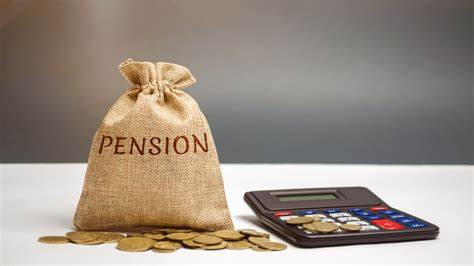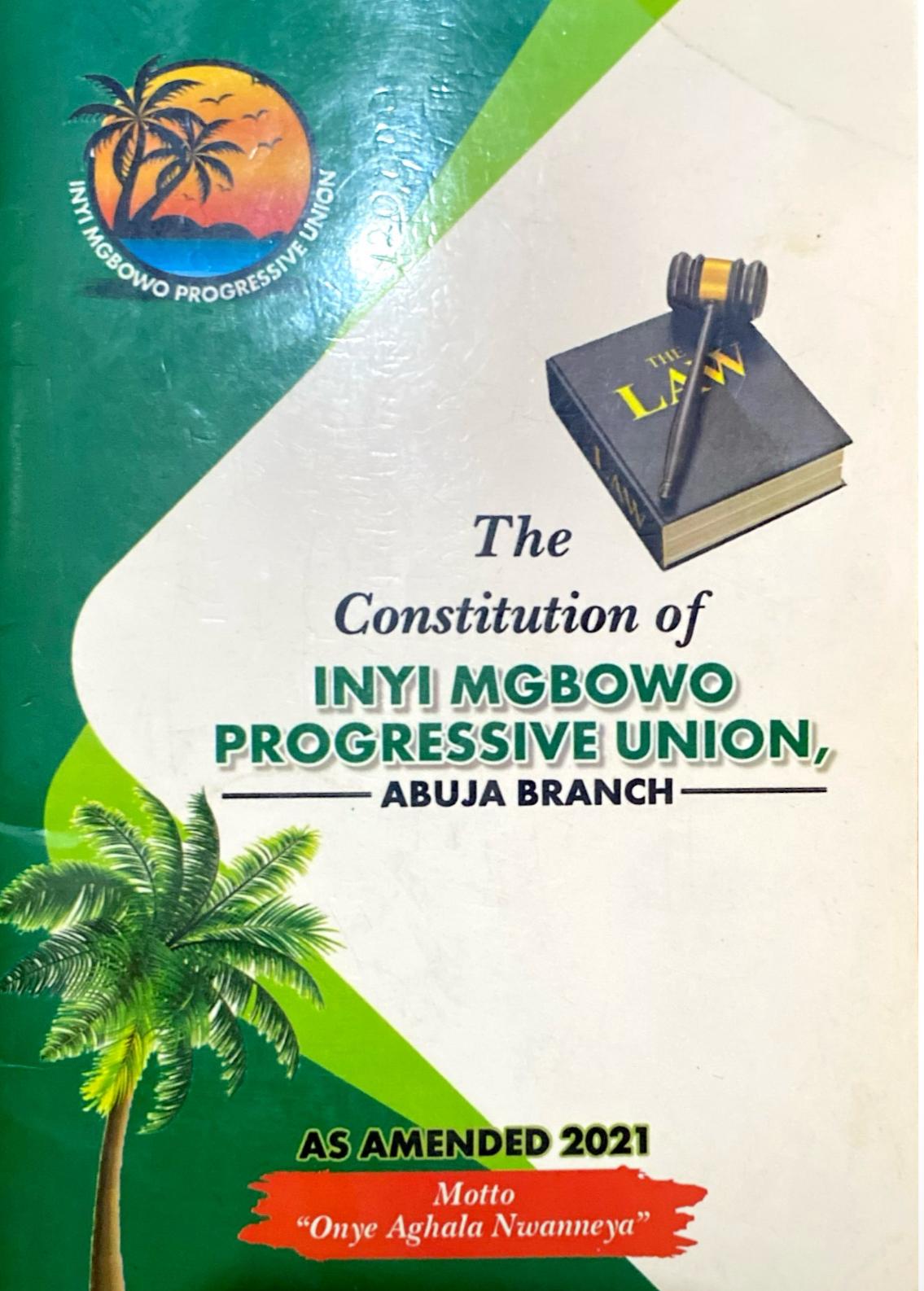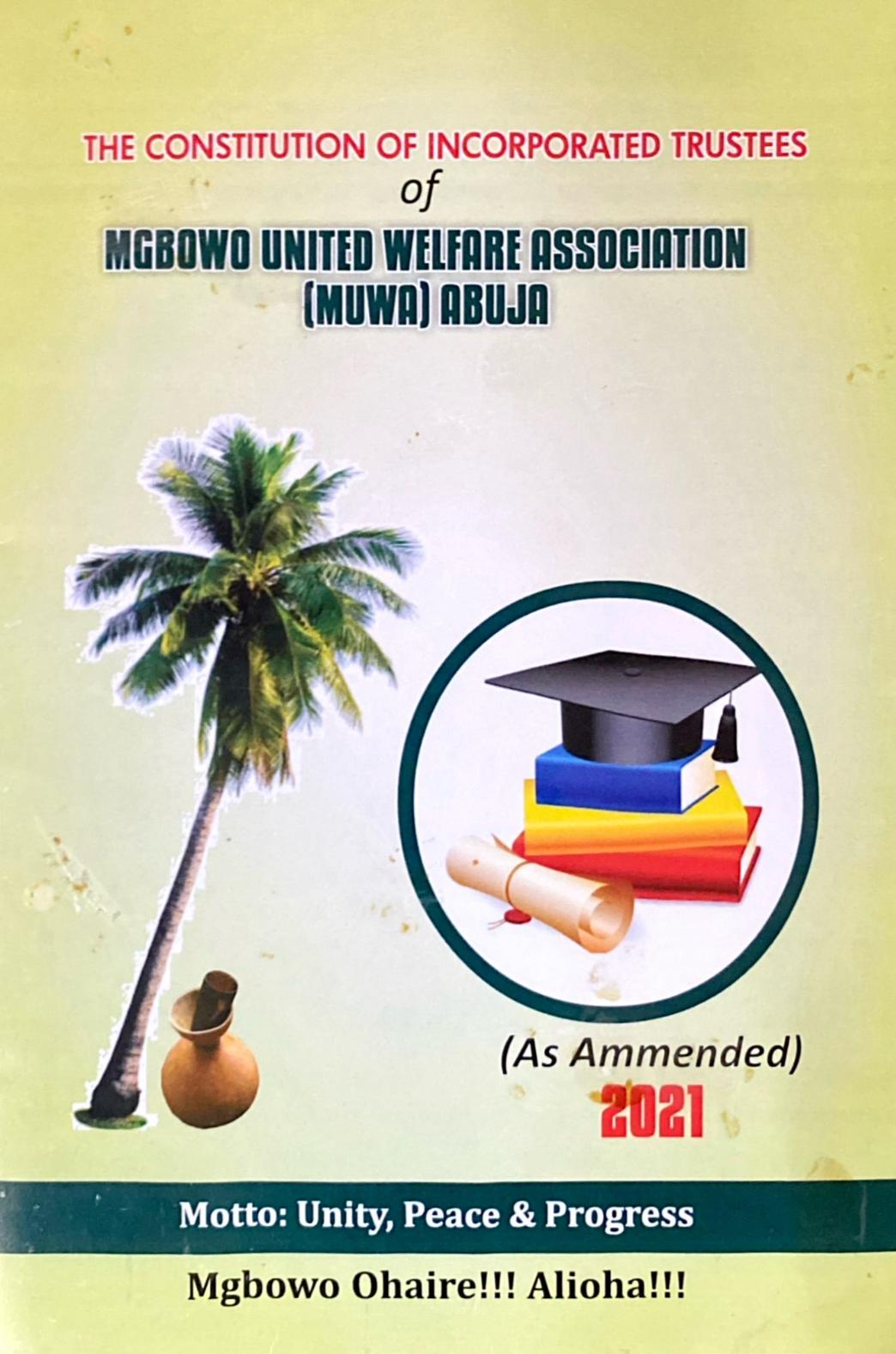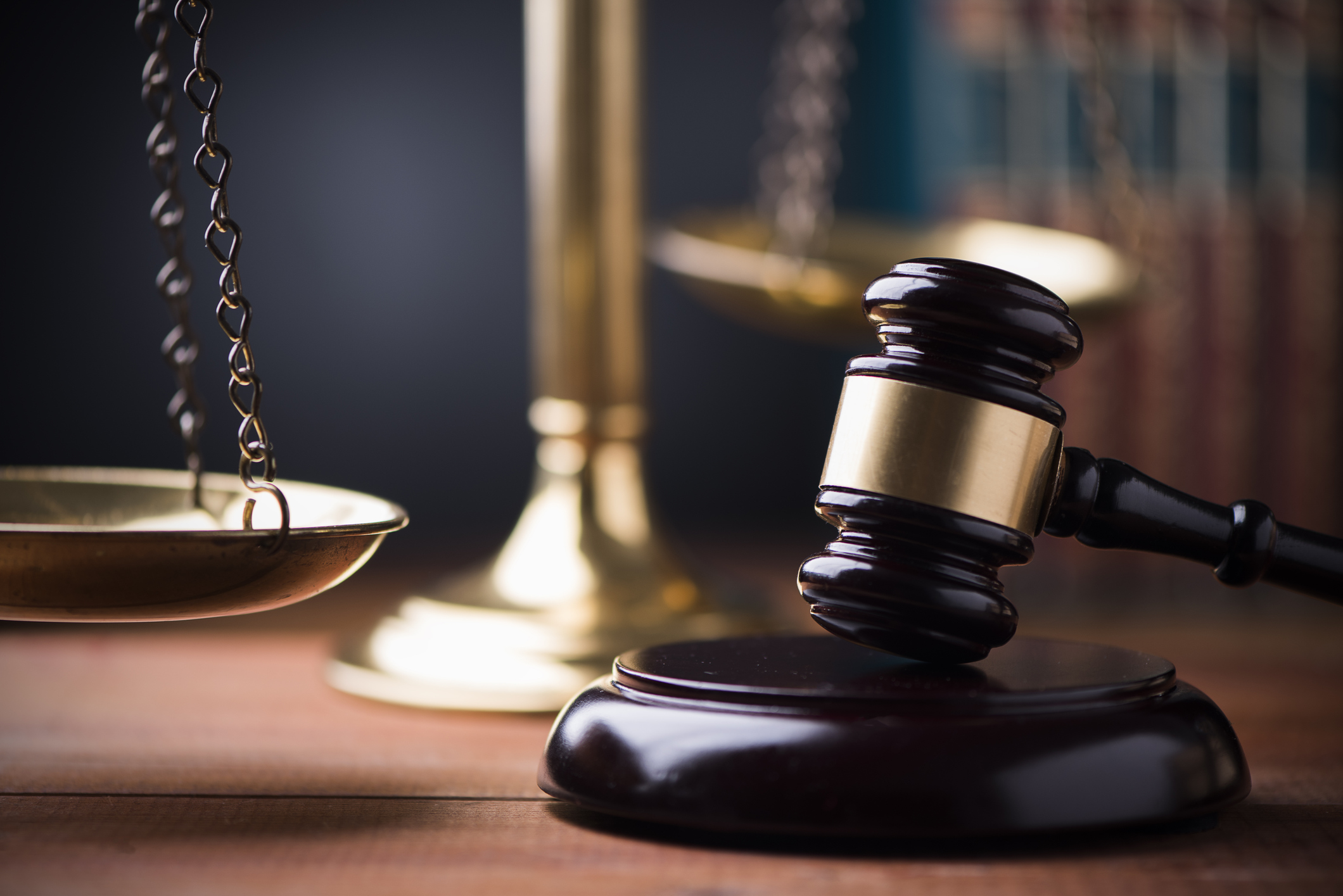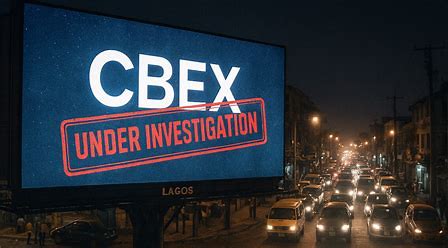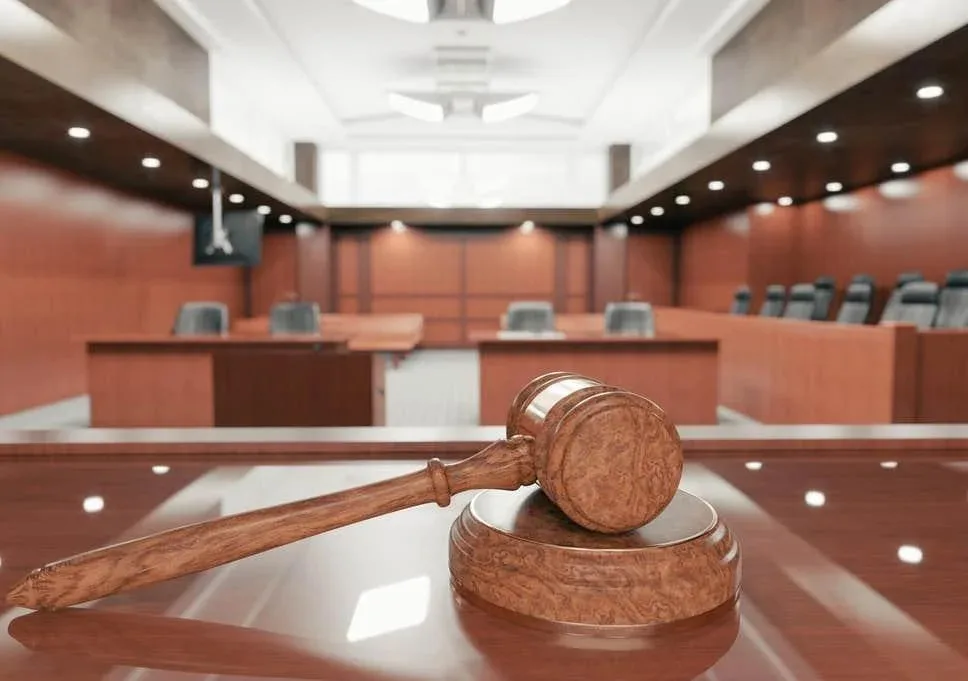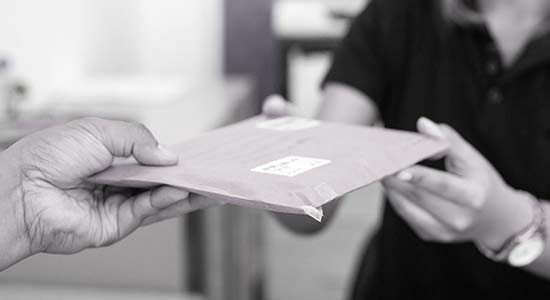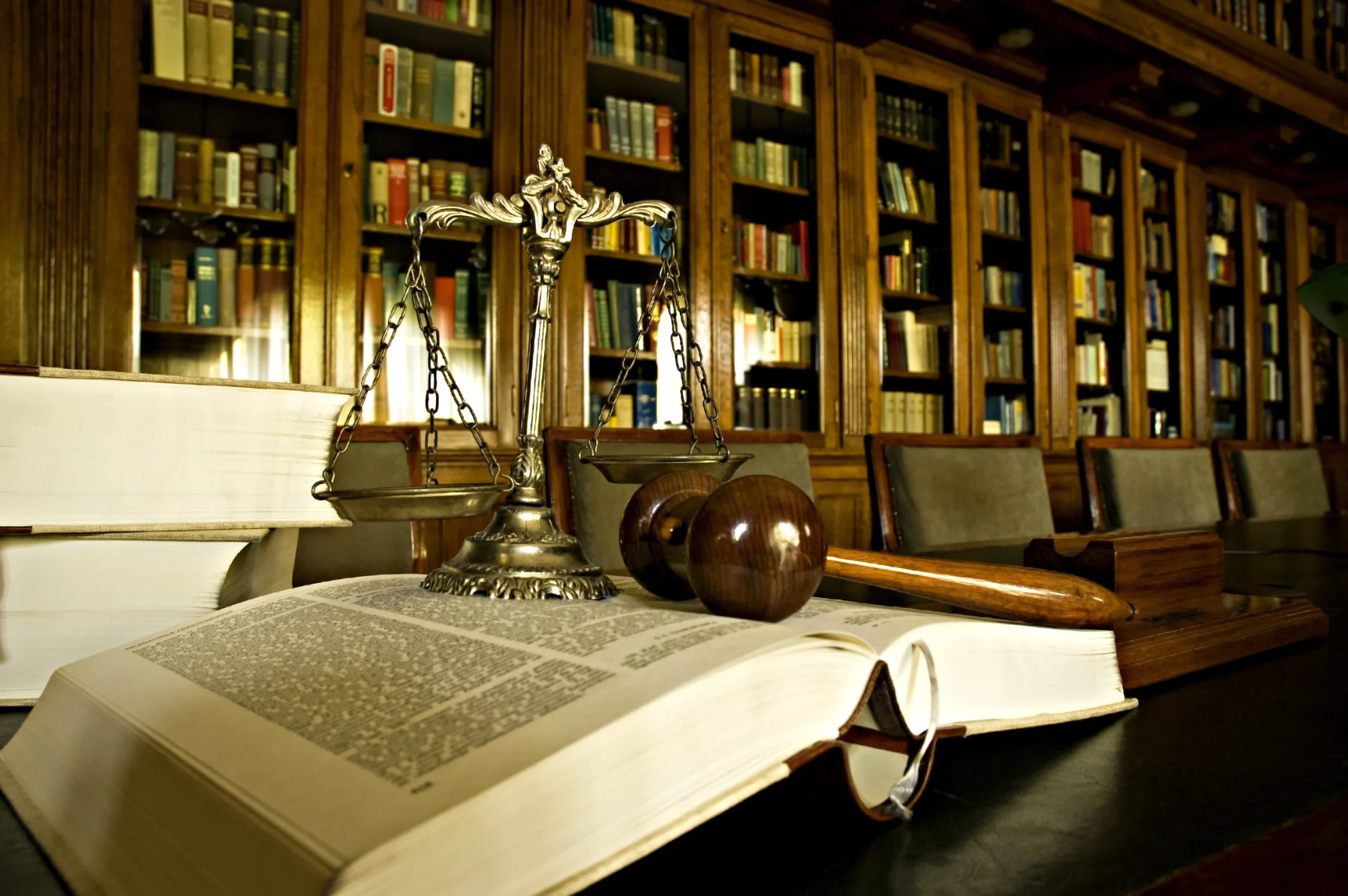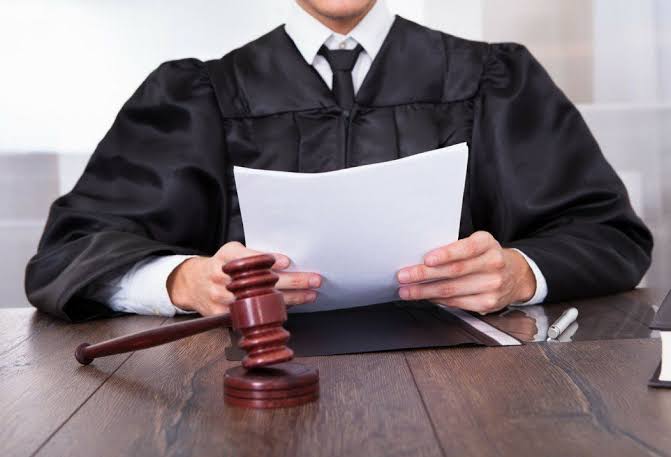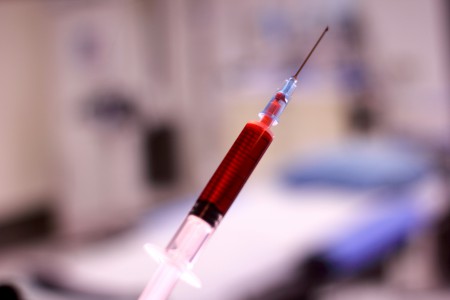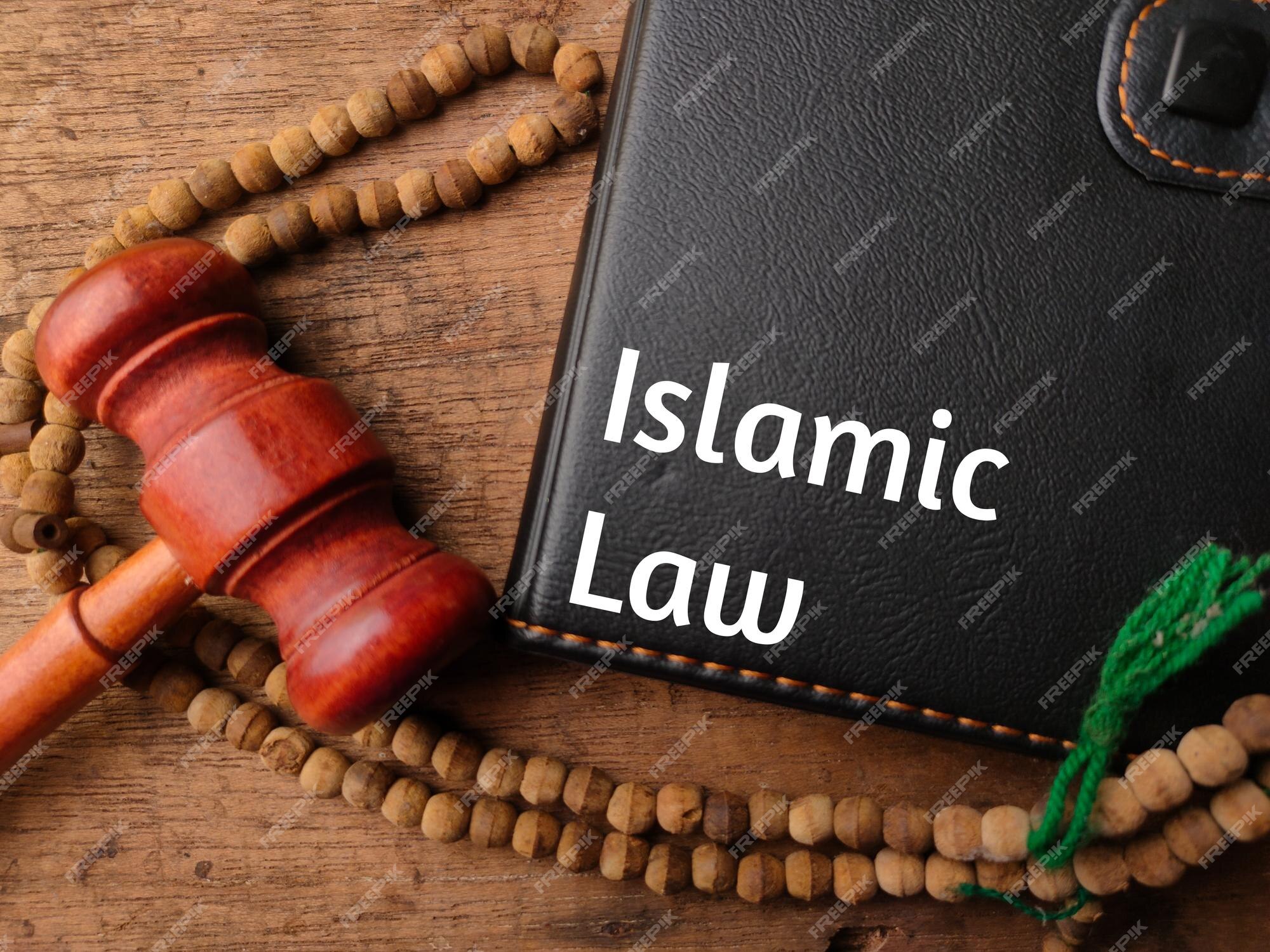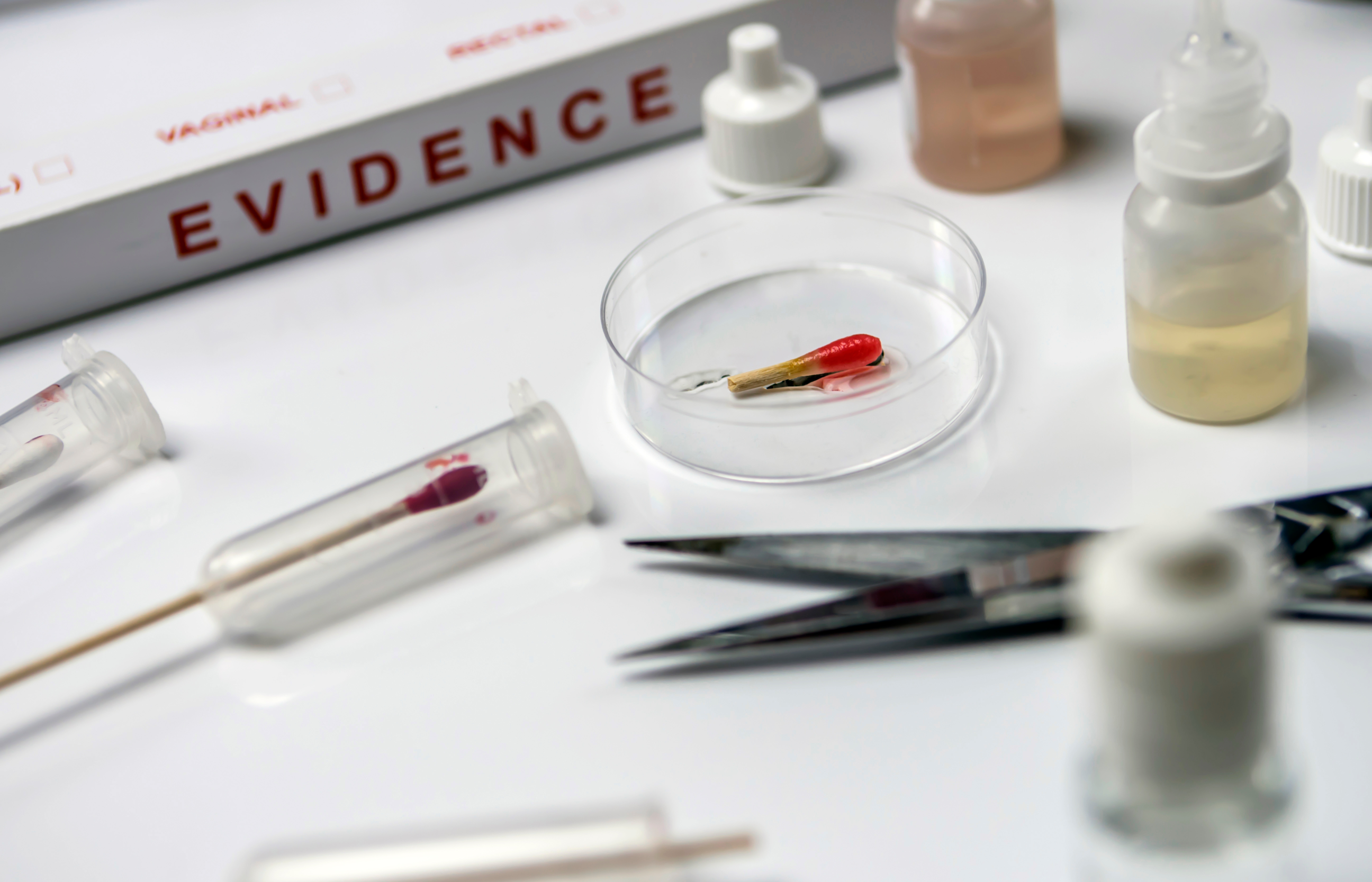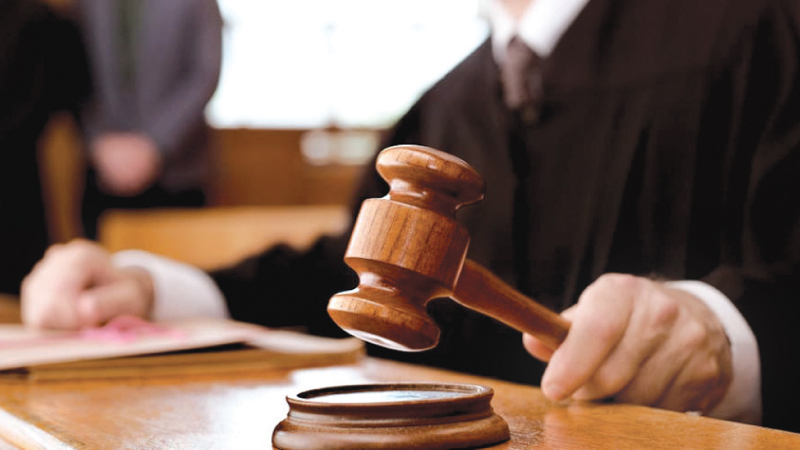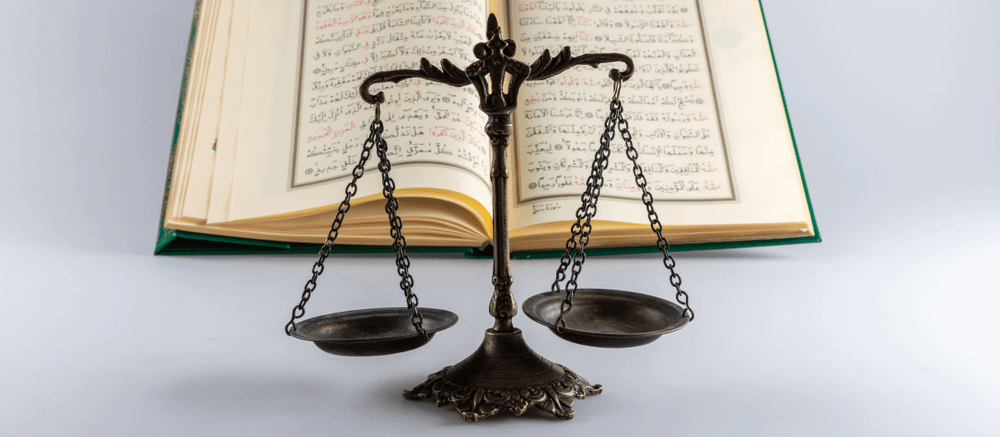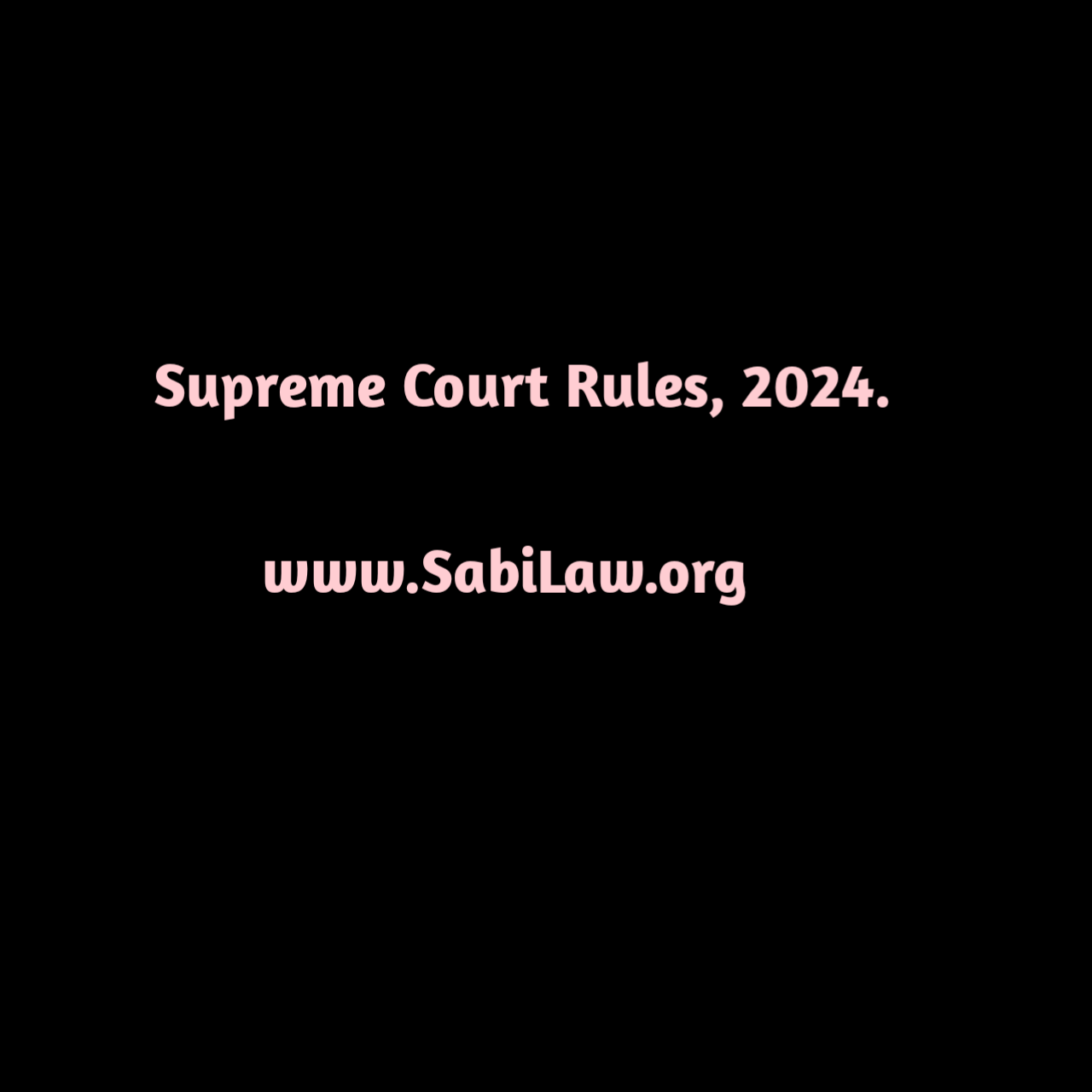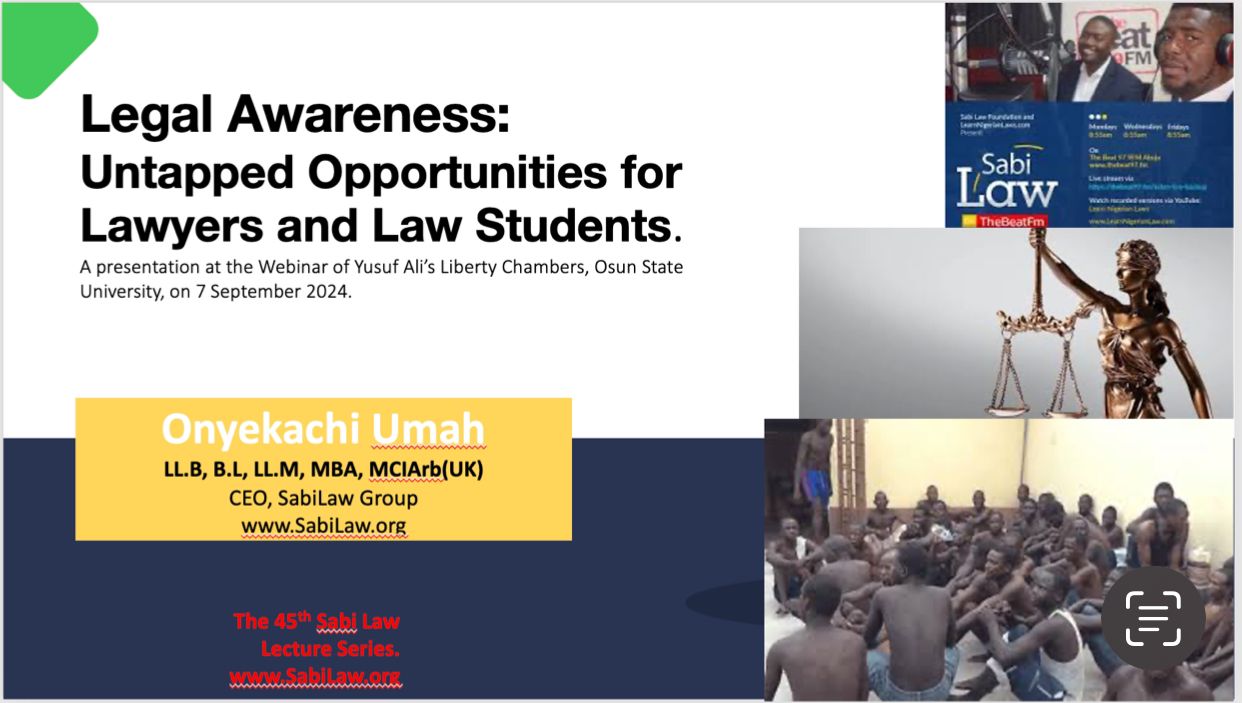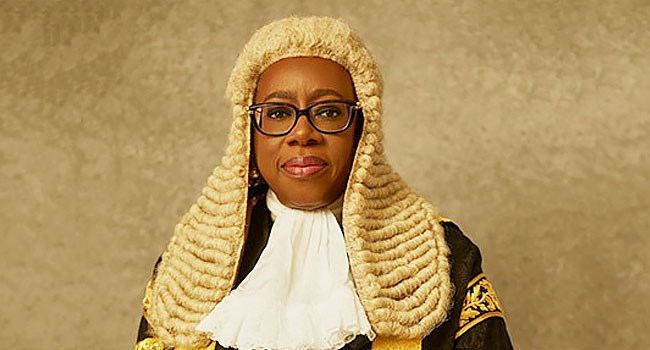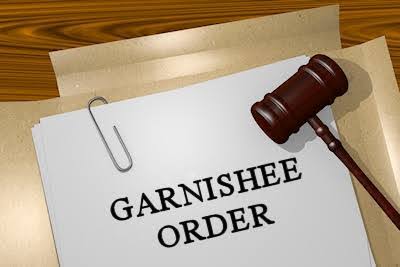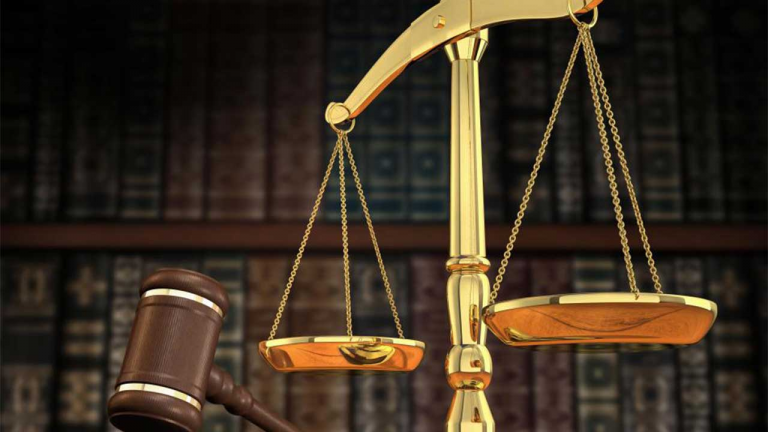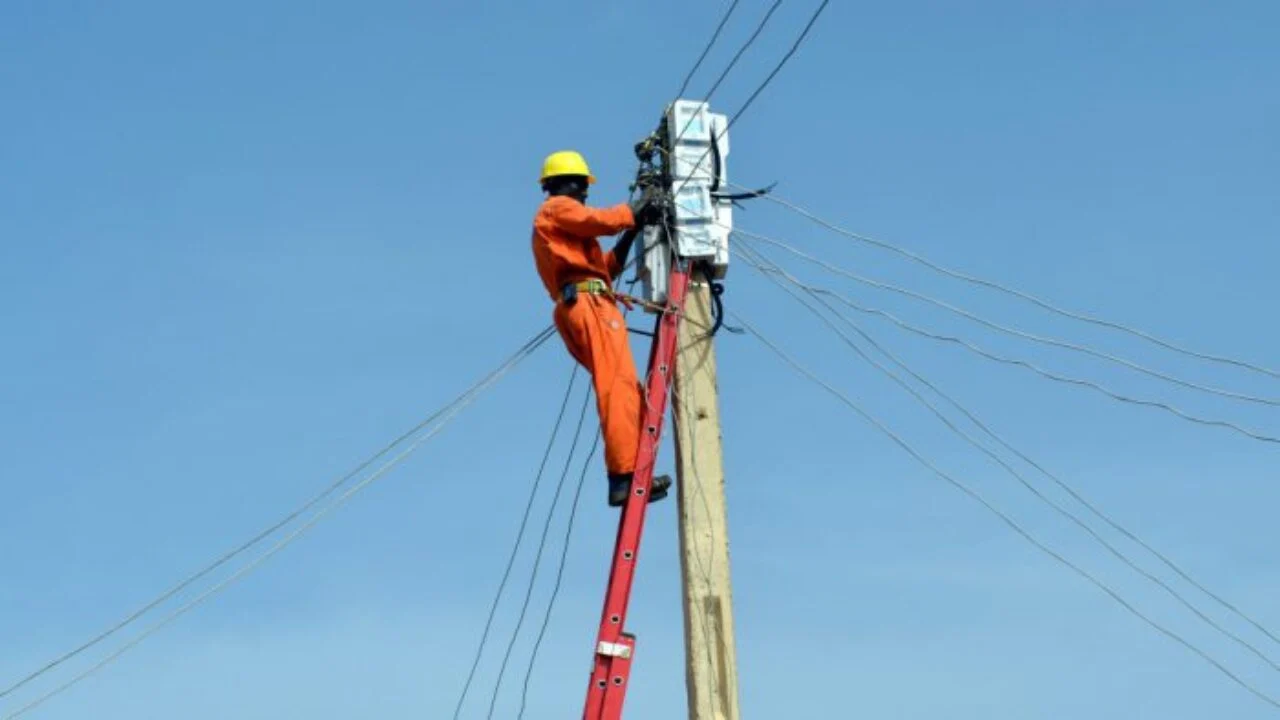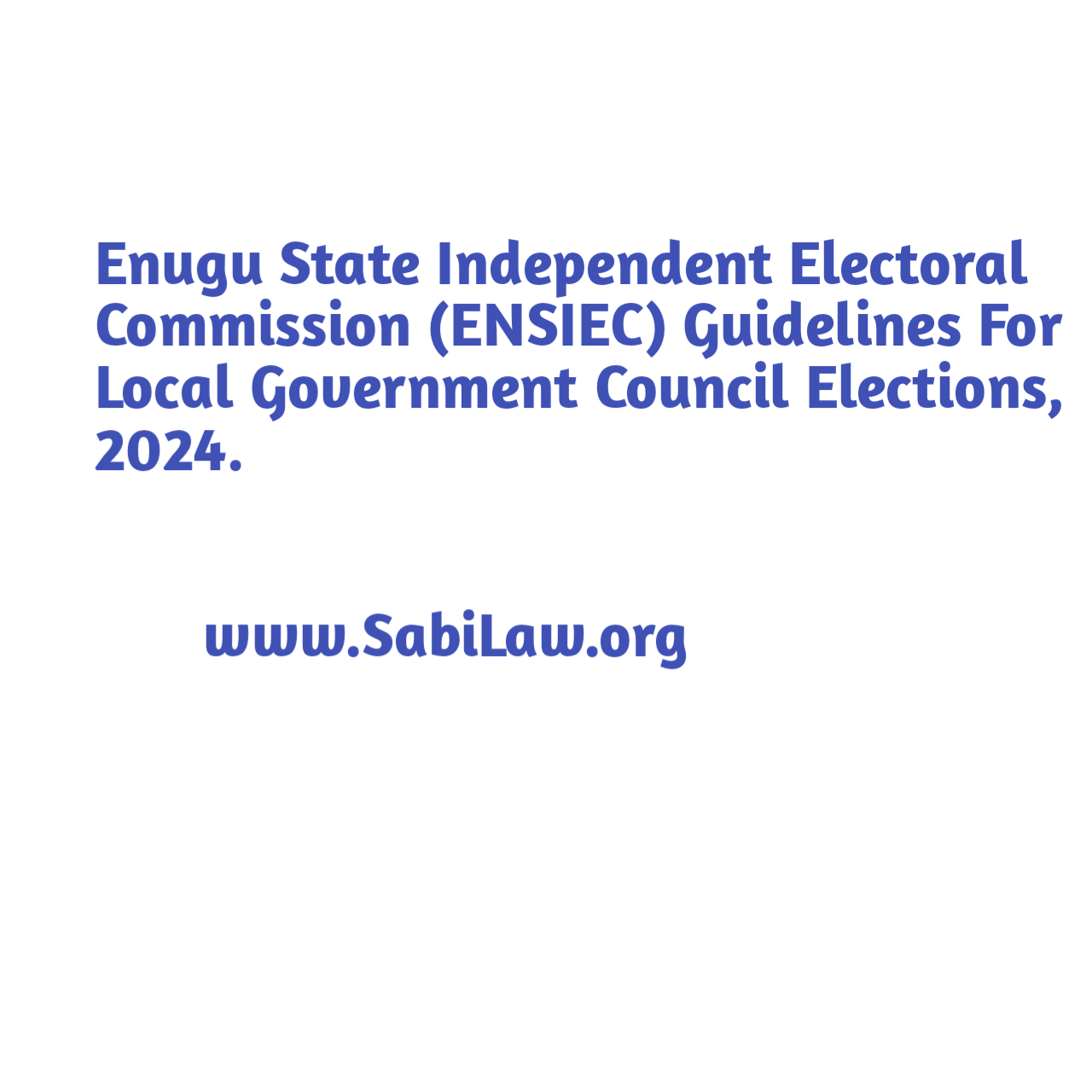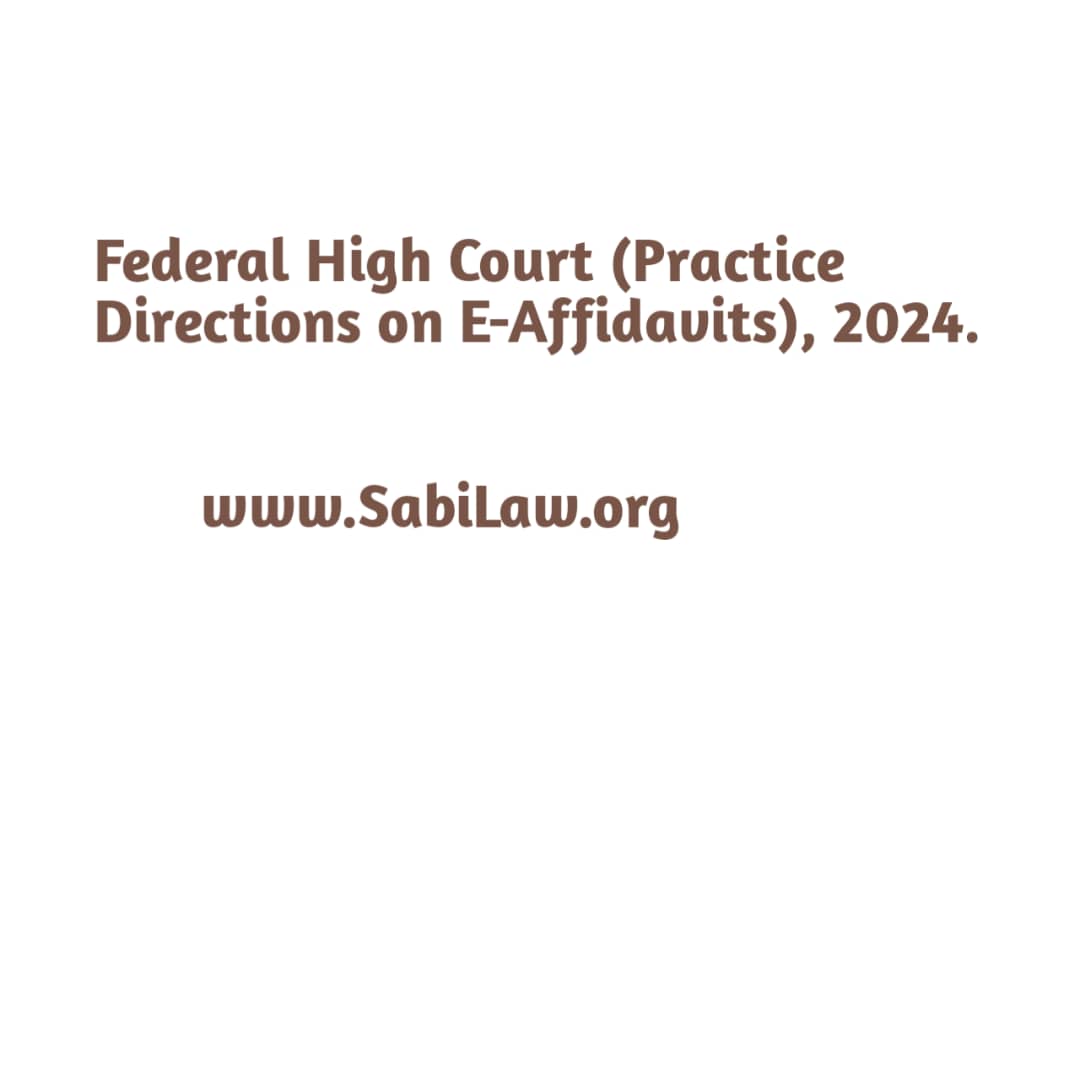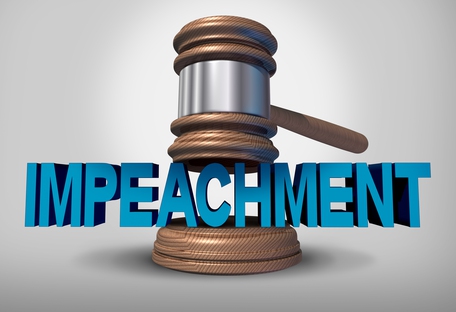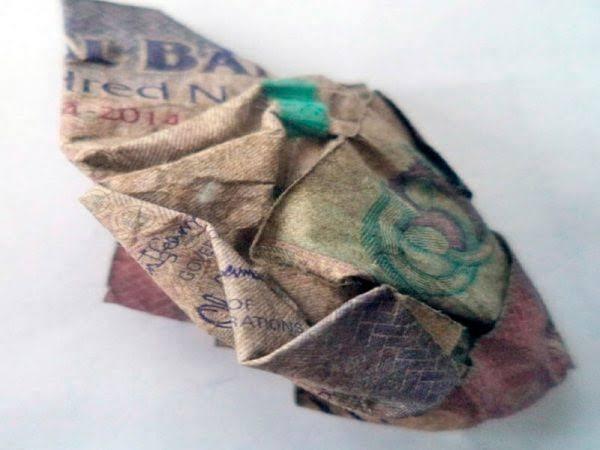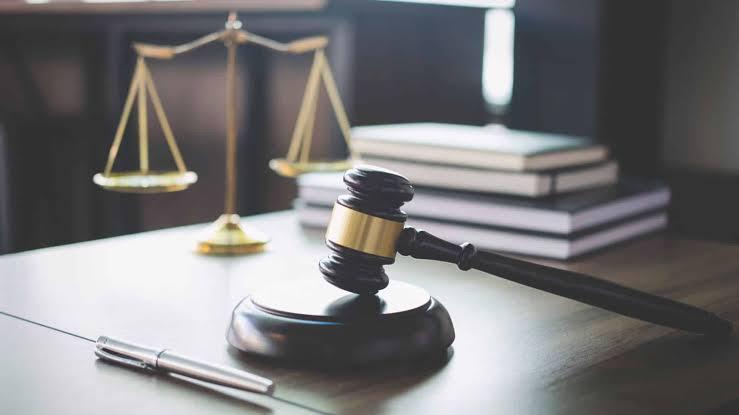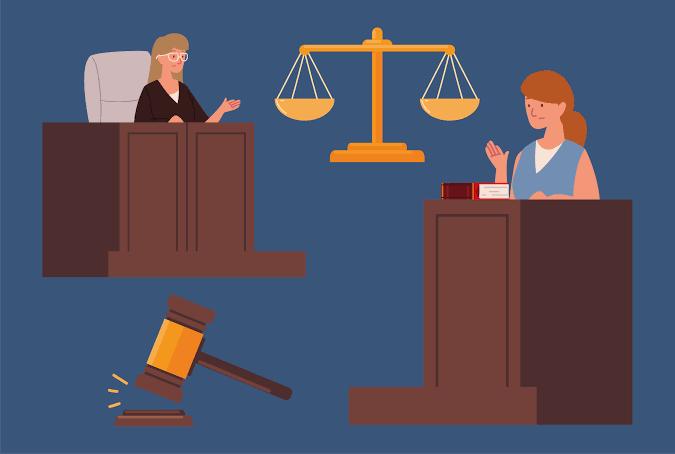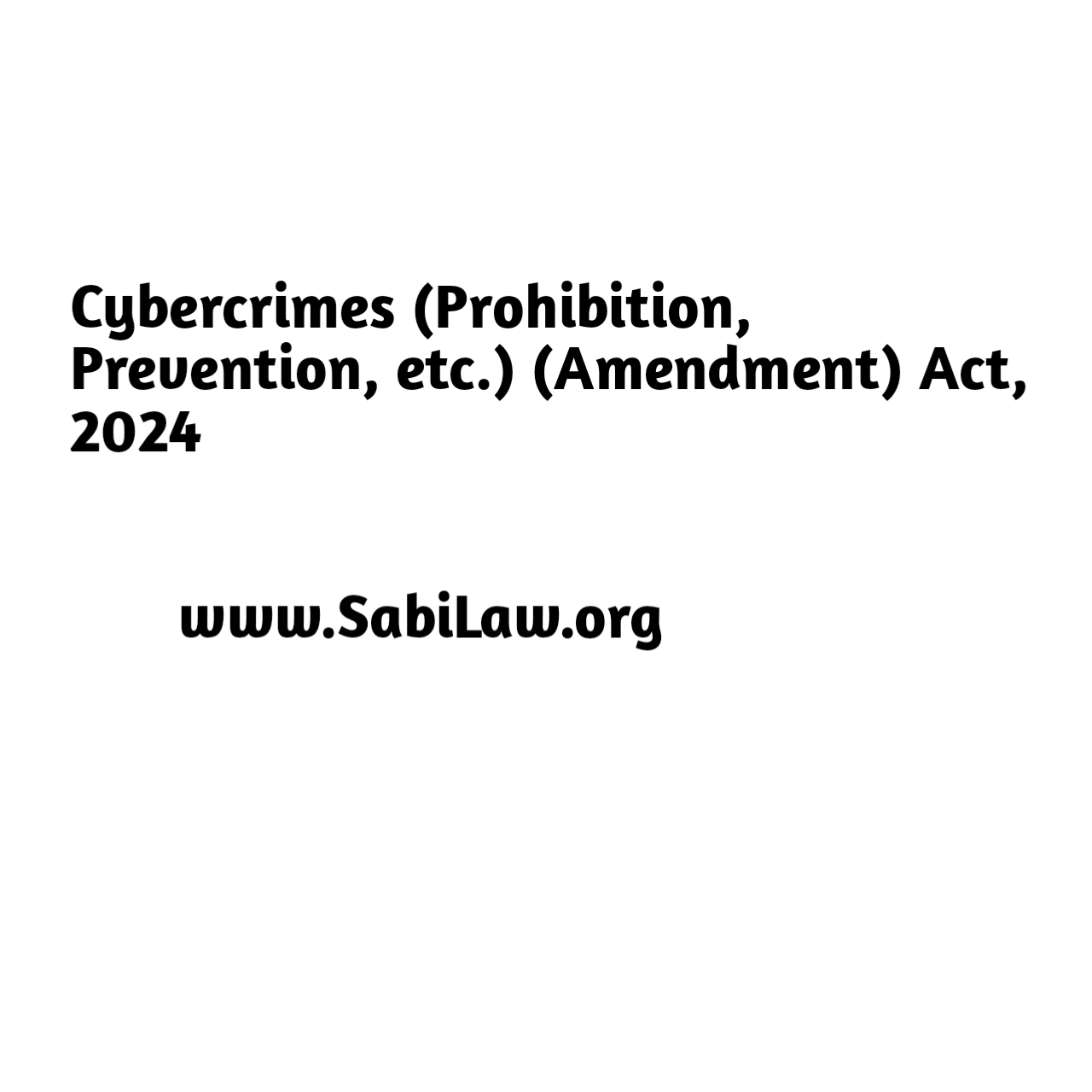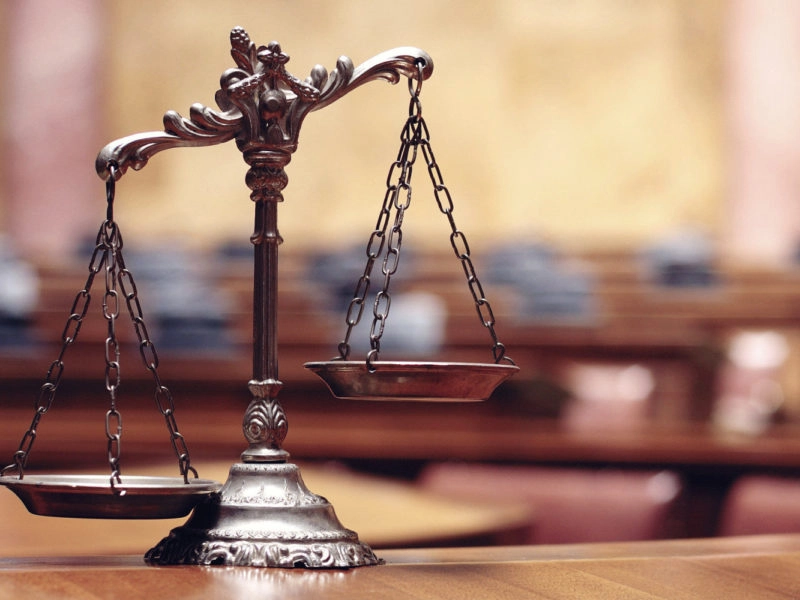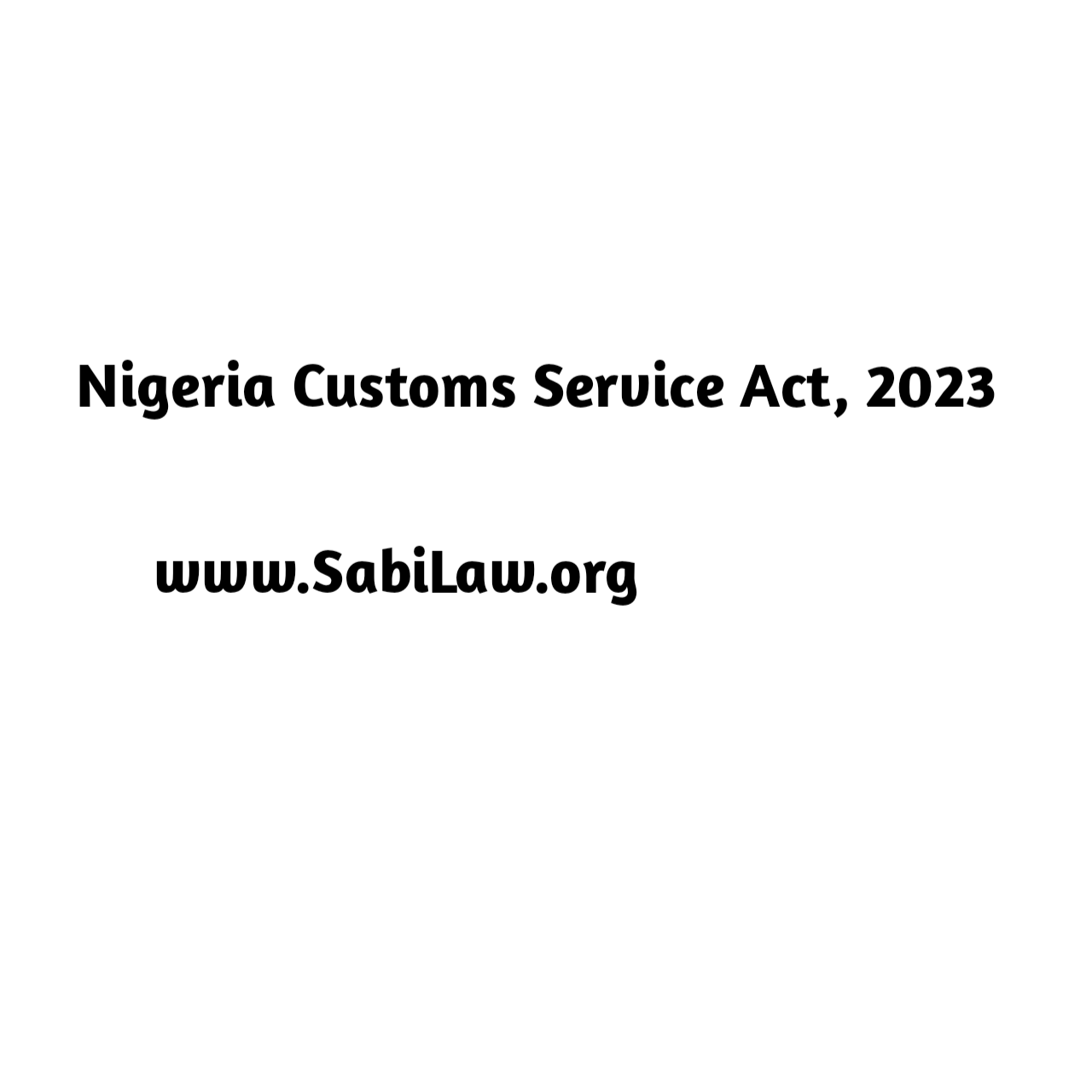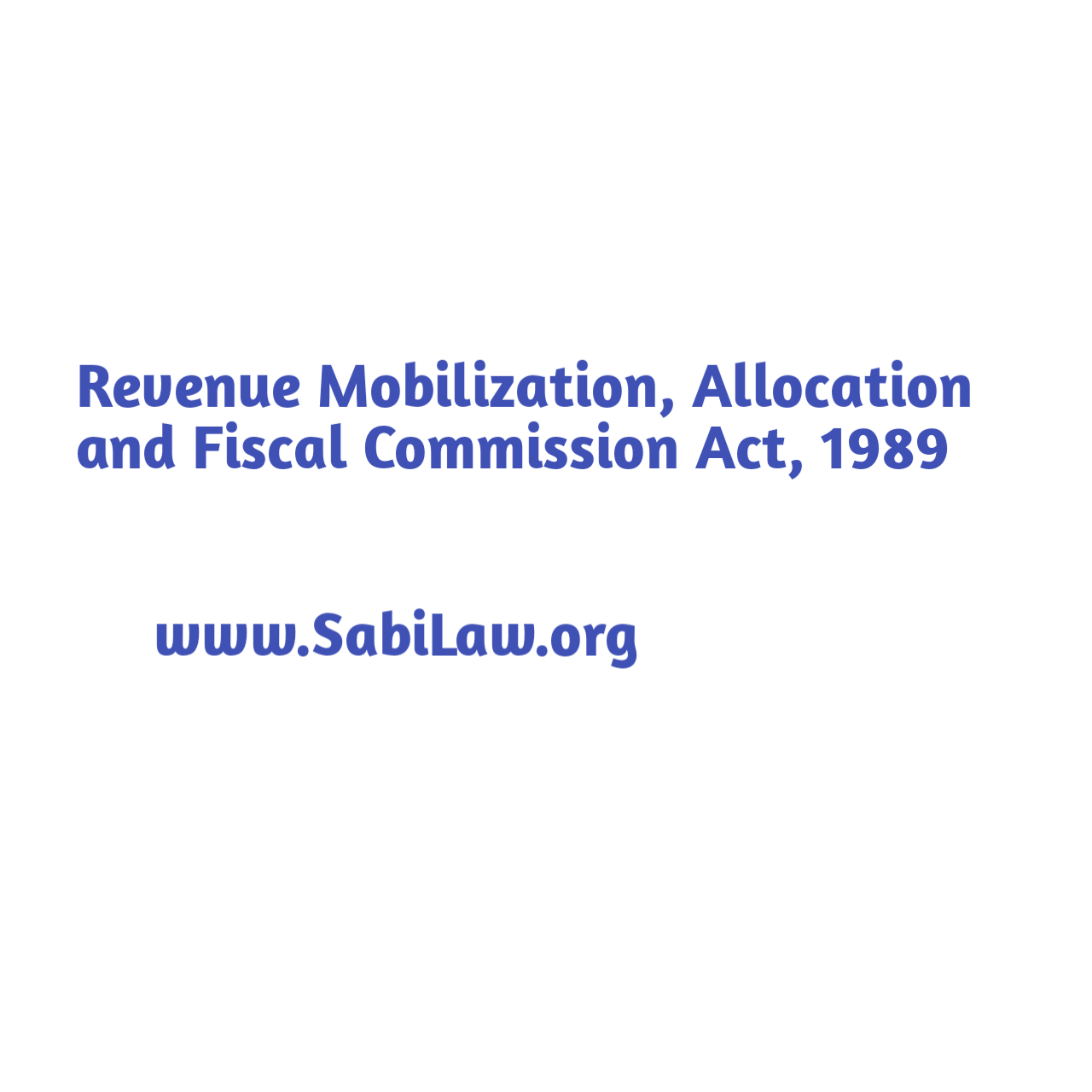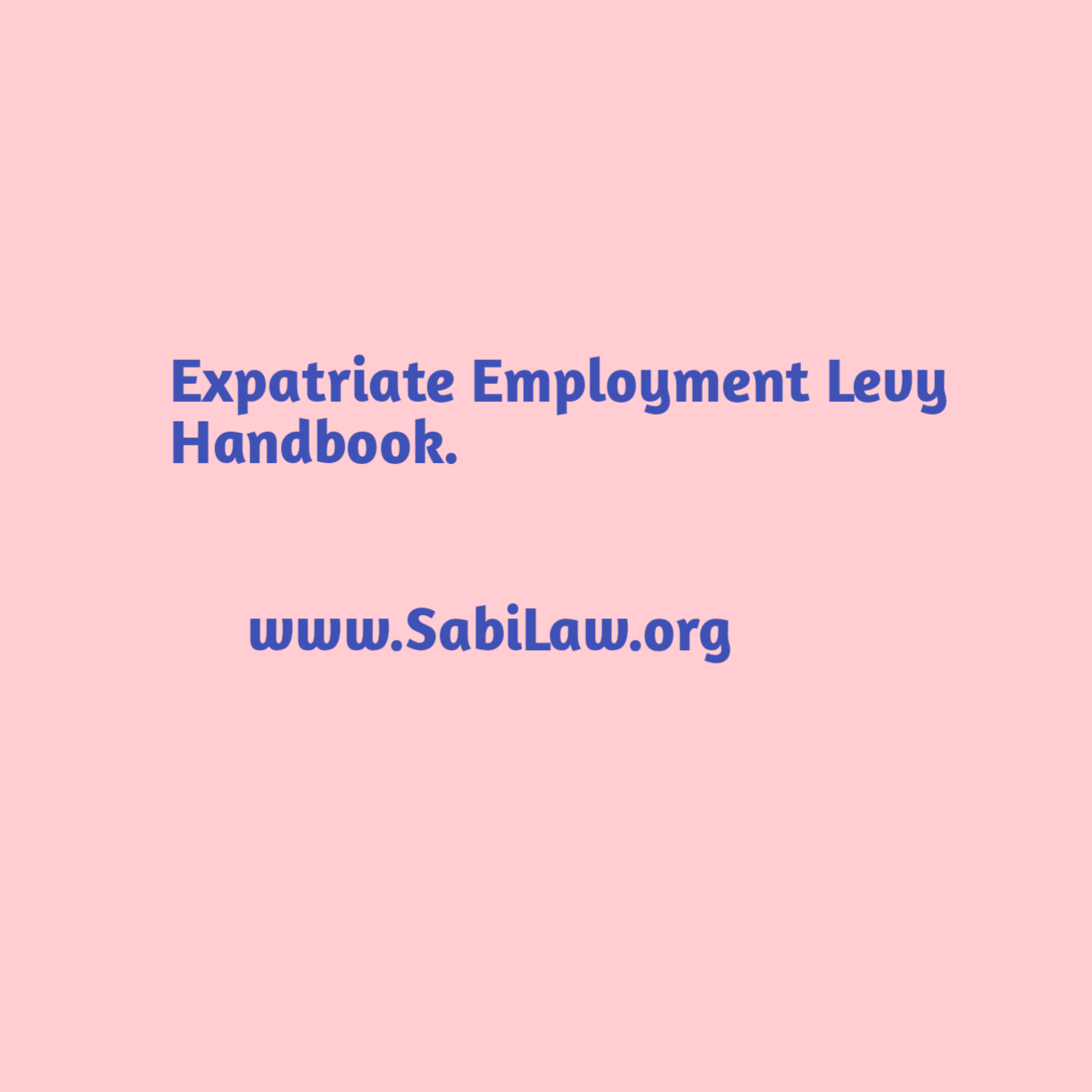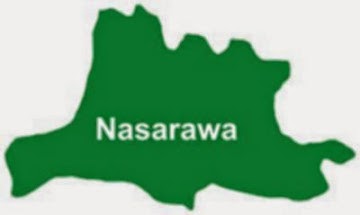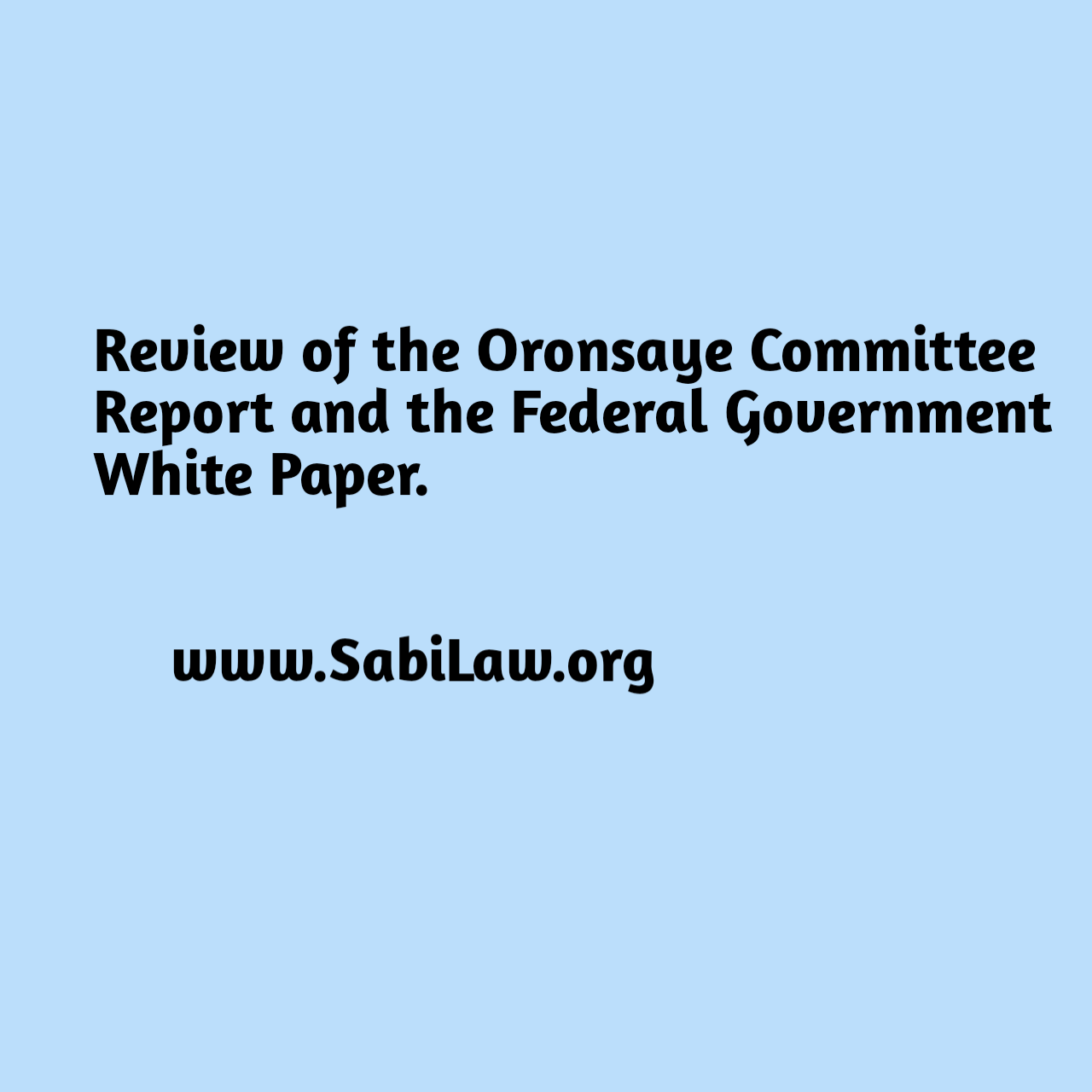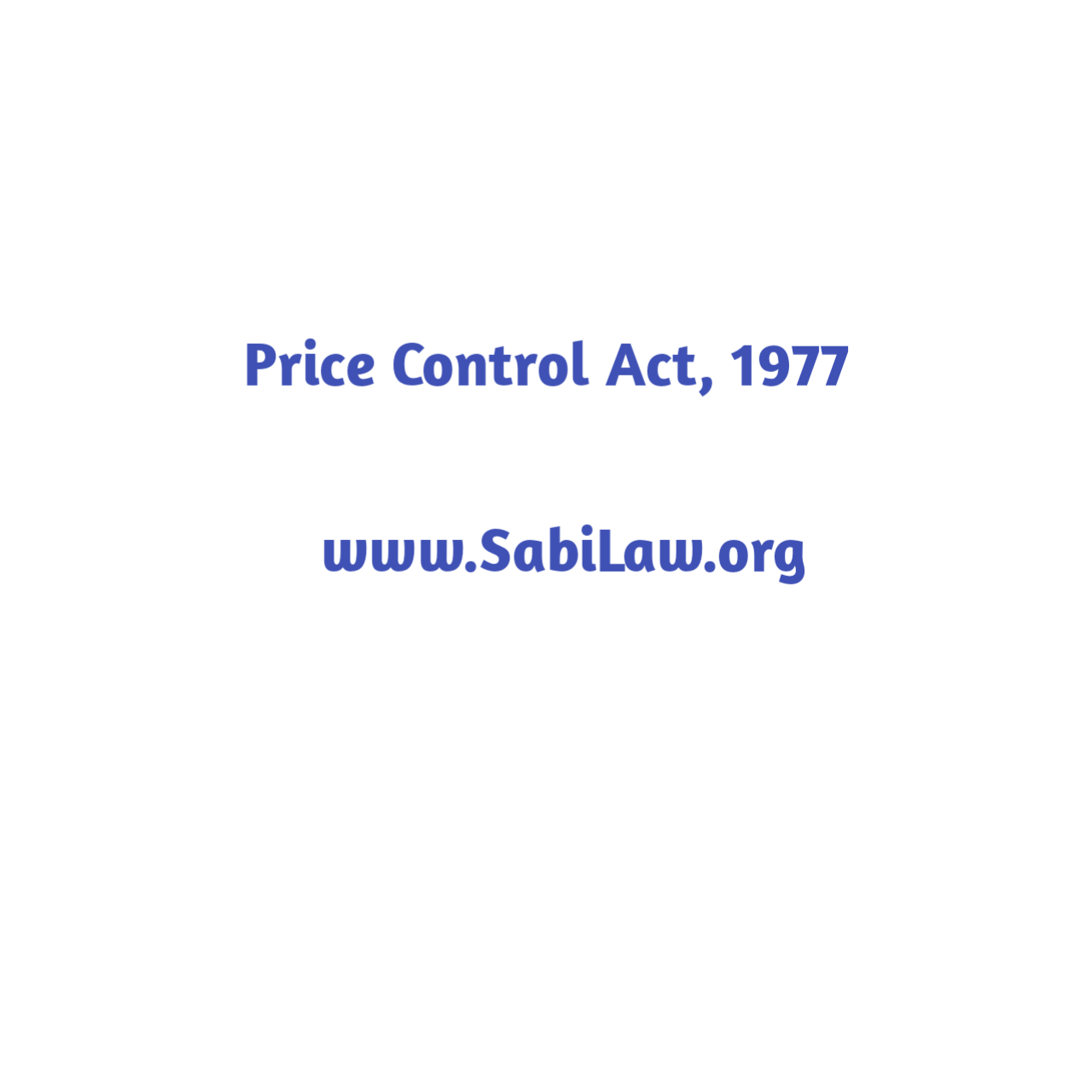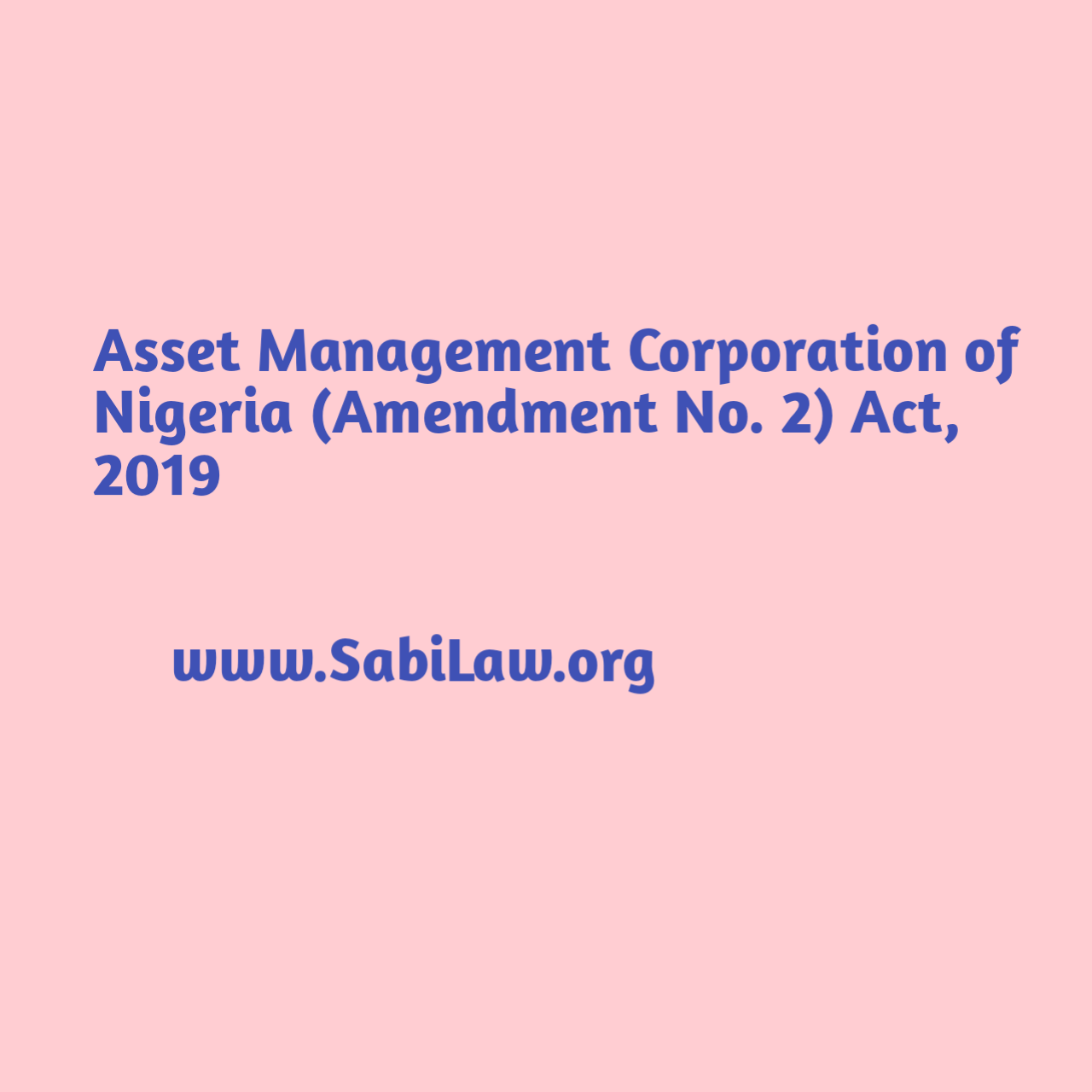Trademark Registration Process In Nigeria.
By Sulaimon AbdulBaqqi
In the contemporary business world, there are innumerable small-scale business owners, corporations, firms, and organizations. Most of these corporations, organizations, firms, and small-scale business owners have an emblem which they use as their entity’s identity. These emblems enable users, customers, and members of the public to know the maker of a product and the organization rendering a service; however, there are a multitude of corporations, firms, organizations, and small-scale business owners who don’t register their emblem with the trade mark registry; consequently, these emblems are not conferred on, the benefits a registered trademark has. These emblems are called trademarks by
Intellectual Property professionals.
General Overview:
The main legislative instrument regulating trademark in Nigeria is the Trade Marks Act, Cap T 13, Laws of the Federation of Nigeria 2004 (TMA). The relevant Nigerian trade mark authority is the Trademarks, Patents, and Designs Registry under the Commercial Law Department of the Federal Ministry of Trade and Investment.
Section sixty-seven (67) of the Trade Marks Act describes trademark thus: “except in relation to a certification trademark, a mark used or proposed to be used in relation to goods for the purpose of indicating, or so as to indicate, a connection in the course of trade between the goods and some persons having the right either as a proprietor or as a registered user to use the mark, whether with or without any indication of the identity of the person, and means, in relation to a certification trade mark, a mark registered or deemed to have been registered under section 43 of this act”. In simple terms, a trademark is a recognizable name or design which is legally registered and used to identify or distinguish a product maker or service renderer from another. It is a sign capable of distinguishing the goods or services of one enterprise from those of other enterprises. If we traverse through a mall, we will come across various trademarks at every turn; even e-commerce traders operating their digital outlets on Whatsapp, Instagram, and Twitter have their distinctive emblems (most are not registered). It is an essential tool in the contemporary business world
An emblem must be registered before the proprietor of the emblem can benefit from the protection granted by the law. Registering a trademark gives the owner the exclusive right to use the emblem; however, a trademark owner may convey it in several ways such as by assigning or licensing it to another party. Registering an emblem is a prerequisite for bringing an action for infringement of trademark..
There are different things which can be registered under the Trade Mark Act, they include: a name, a signature, a word, and a lot more. Under the Trade Marks Act, one cannot register a trademark which is:
- deceptive, Scandalous or contrary to law or morality.
- names of chemical substances.
- identical and resembling trademarks except in the case of honest concurrent use or other special circumstances which in the opinion of the court or the registrar make it proper so to do.
Section 9 and section 10 of the Trade Marks Act provides for the requirements for the registration of a trademark.
The Trademark Register:
The trademark register is divided into part A and part B. Part A marks are those which the registry considers as being inherently distinctive and being capable of distinguishing the proprietor’s goods from the goods of other proprietors. Part B marks are those which are considered by the registry as being minimally capable of distinguishing the proprietor’s goods from the goods of other proprietors and they attracts a lesser form of protection. A mark may be registered in part B of the register if it is not adequately distinctive to qualify for registration under part B of the register. See section 9 and 10 of the Trade Marks Act for further explanation.
Procedure:
Unlike Copyright, there is a prescribed process for registering trademarks. There is a
registrar of trademarks and there is a register in which trademarks are registered. The
Trade Marks Act contains guidelines as to the procedure for registration of trademarks.
Sec 17 of the Trade Marks Act provides that: “any person proposing to apply for the registration of a trade mark in Part A or Part B of the register may, if he so desires, apply to the registrar in the prescribed manner for advice as to whether the trademark appears to the registrar prima facie to be inherently adapted to distinguish, or capable of distinguishing, as the case may be, and the registrar shall have power to give the advice asked for in the application.” Section 17 of the Trade Marks Act has a further provision which is not really germane to the crux of this write-up in the opinion of this writer (it appears to be tangential to him).
Application
After being advised, the proprietor of the trademark must apply in writing to the registrar for registration either in part A or part B of the register. The registrar has the prerogative to refuse the application (his prerogative to refuse the application is subject to the provisions of the Trade Marks Act) or accept it absolutely or subject to any modifications, conditions or limitations. In the case of an application for registration of a trademark other than a certification trade mark in part A of the register, the Registrar may if the applicant is willing, instead of refusing the application, treat it as an application for registration in part B. In the case of a refusal or conditional acceptance, the registrar will if required by the applicant, state in writing the grounds of his decision and the materials used by him in arriving at his decision; his decision is subject to appeal to a court. The registrar or the court (in the case of an appeal to a court) may at any time, whether before or after acceptance, correct any error in or in connection with the application, or may permit the applicant to amend his application upon such terms as the registrar or the court, as the case may be thinks fit.
Notice of Application Publication
After an application for registration of a trademark has been accepted, whether absolutely or subject to conditions or limitations, the registrar shall after acceptance, cause notice of the application as accepted to be published in the journal, and the notice shall set out all conditions and limited subject to which the application has been accepted. Where the trademark involves a trademark under section 9(1)(e) of the Trade Marks Act, or in any other case where it appears to the registrar that it is expedient by reason of any exceptional circumstance to do so, the registrar may cause notice of an application for registration of a trade mark to be published in the journal before acceptance. Where the notice of such an application has been published in the journal, the registrar may if he thinks fit cause notice of the application to be published in the journal again when it has been accepted, but he is not obliged to do so.
Opposition of Trade Mark Registration
After such publication in a journal, any person may within two months from the date of the publication of notice of an application give notice to the Registrar of opposition to the registration. The notice must be in writing and should include the person opposing the registration grounds of opposition. After the receipt of the notice by the registrar, the registrar shall send a copy of every such notice to the applicant, and within one month after the date of the receipt of the copy, the applicant must send to the registrar a counter statement of the grounds on which he relies for his application. If he does not do so, he will be presumed to have abandon his application. If the applicant sends the counter statement, the Registrar will furnish a copy to the person(s) giving notice of opposition, and after hearing the parties, if so required, and considering the evidence, will decide whether the registration is to be permitted. The Registrar may request a person giving notice of opposition or an applicant sending a counter statement after receipt of a copy of such a notice to give security for costs of the proceeding relating to the opposition, and in default of such security being given may treat the opposition or application as the case may be, as abandoned.
Appealing the Registrar’s Decision
The decision of the Registrar as to whether a registration should be permitted is subject to appeal to a court. On the appeal, the court will hear the parties and the registrar, and will make an order determining whether the registration will be permitted and the conditions on which the registration is being permitted. In the hearing of the appeal, any party may bring forward further material(s) for the consideration of the court either in such manner as may be prescribed or by special leave of the court. No further ground of opposition to the registration of a trademark is allowed to be taken by the person opposing the registration or the registrar other than those stated in pursuance of section 20 of the Trade Marks Act, except by leave of the court, and if any further grounds of opposition are taken, the applicant shall be entitled on giving such notice as may be prescribed, to withdraw his application without payment of the costs of the persons(s) opposing the application. After hearing the Registrar, the court may permit the trademark proposed to be registered to be modified in any manner not substantially affecting its identity. Also, the trade mark as so modified must be advertised in the Journal before being registered. The court may require an appellant under this section to give security for costs of the appeal and in default of such security being given may direct the appeal to be treated as abandoned.
Application Registration
When an application for registration of a trade mark in Part A or in Part B of the register has been accepted, and either the application has not been opposed and the time for notice of opposition has expired or has been opposed and the opposition has been decided in favour of the applicant, the registrar will unless the application has been accepted in error, register the trade mark in Part A or Part B, as the case may be. On registering a trademark, the registrar shall issue to the applicant a certificate of registration sealed with the seal of the registrar. Where registration of a trademark is not completed within twelve months from the date of the application by reason of default on the part of the applicant, the registrar may, after giving notice of non-completion to the applicant in writing, treat the application as abandoned unless it is completed within the time specified in the notice.
Duration
The registration of a trade mark is for an initial period of seven years. It may be renewed from time to time.
The content of this article, is intended to provide a guide to the process of registering a
trademark in Nigeria. Any person who wants to register a trademark is advised to consult a legal practitioner.
About the Author
****************************************************************************************
This work is published under the free legal awareness project of Sabi Law Foundation (www.SabiLaw.org) funded by the law firm of Bezaleel Chambers International (www.BezaleelChambers.com). The writer was not paid or charged any publishing fee. You too can support the legal awareness projects and programs of Sabi Law Foundation by donating to us. Donate here and get our unique appreciation certificate or memento.
DISCLAIMER:
This publication is not a piece of legal advice. The opinion expressed in this publication is that of the author(s) and not necessarily the opinion of our organisation, staff and partners.
PROJECTS:
🛒 Take short courses, get samples/precedents and learn your rights at www.SabiLaw.org
🎯 Publish your legal articles for FREE by sending to: eve@sabilaw.org
🎁 Receive our free Daily Law Tips & other publications via our website and social media accounts or join our free whatsapp group: Daily Law Tips Group 6
KEEP IN TOUCH:
Get updates on all the free legal awareness projects of Sabi Law (#SabiLaw) and its partners, via:
YouTube: SabiLaw
Twitter: @Sabi_Law
Facebook page: SabiLaw
Instagram: @SabiLaw.org_
WhatsApp Group: Free Daily Law Tips Group 6
Telegram Group: Free Daily Law Tips Group
Facebook group: SabiLaw
Email: lisa@sabilaw.org
Website: www.SabiLaw.org
ABOUT US & OUR PARTNERS:
This publication is the initiative of the Sabi Law Foundation (www.SabiLaw.org) funded by the law firm of Bezaleel Chambers International (www.BezaleelChambers.com). Sabi Law Foundation is a Not-For-Profit and Non-Governmental Legal Awareness Organization based in Nigeria. It is the first of its kind and has been promoting free legal awareness since 2010.
DONATION & SPONSORSHIP:
As a registered not-for-profit and non-governmental organisation, Sabi Law Foundation relies on donations and sponsorships to promote free legal awareness across Nigeria and the world. With a vast followership across the globe, your donations will assist us to increase legal awareness, improve access to justice, reduce common legal disputes and crimes in Nigeria. Make your donations to us here or contact us for sponsorship and partnership, via: lisa@SabiLaw.org or +234 903 913 1200.
**********************************************************************************





